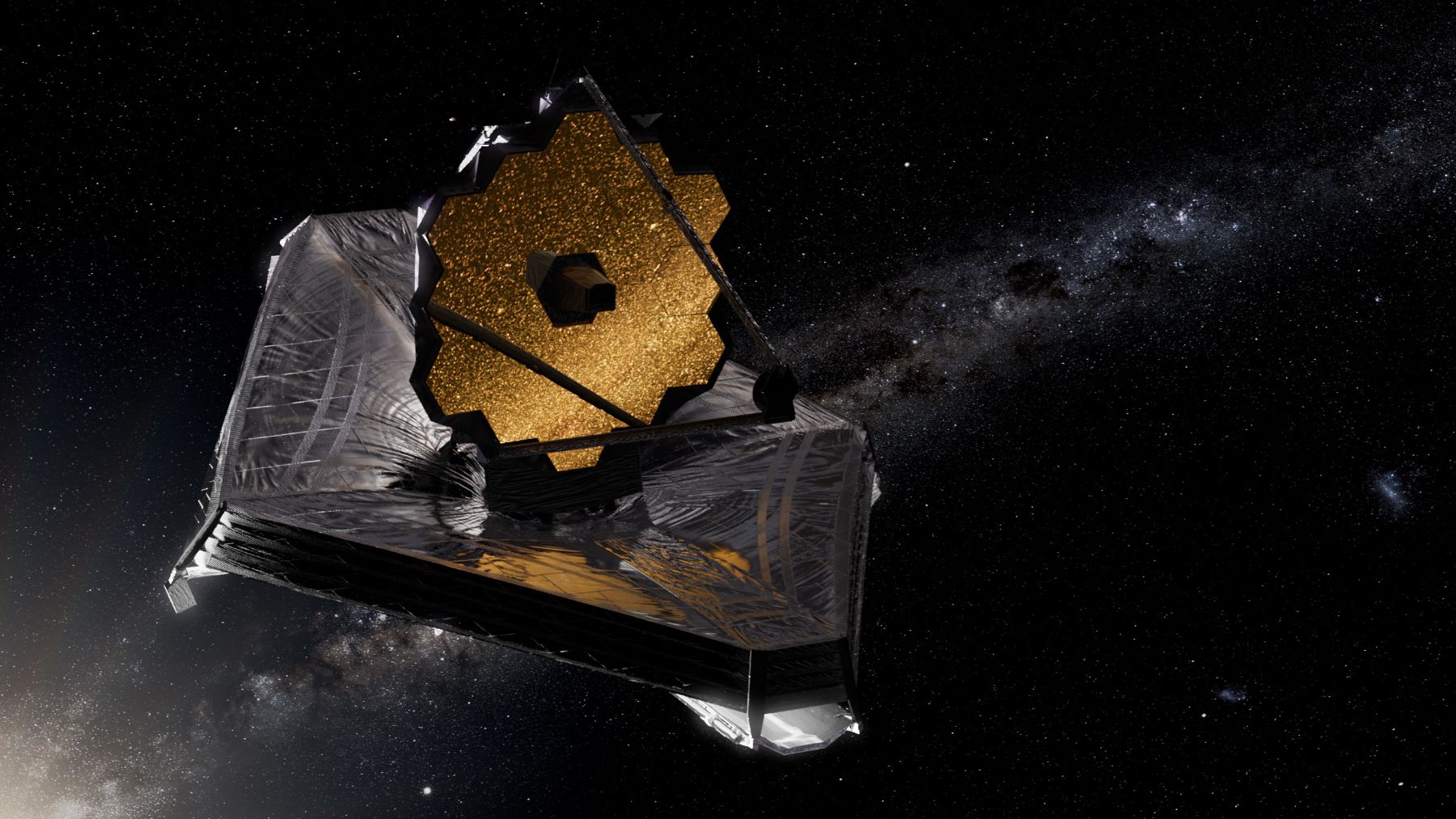When NASA broke the news last week, astronomers and space fans alike did a double take: a brand-new moon hiding around Uranus, spotted not by a fly-by spacecraft but by a space telescope parked a million miles from Earth. The find adds a 29th name to the planet’s roster of Shakespearean satellites and proves we still have surprises lurking in our own backyard.
NASA’s Webb Telescope: a cosmic detective
The James Webb Space Telescope (JWST) is, to put it simply, the world’s most powerful heat camera. Instead of looking at starlight the way our eyes do, it picks up infrared glow —light we’d feel as warmth if we could touch it.
JWST’s honeycomb mirror is bigger than a city bus, and its gold-plated facets focus that faint warmth onto instruments that can tease out details a billion times dimmer than the stars we see at night. Sitting at a gravitational sweet spot known as L2, the observatory stays cold and stable, making it the perfect sleuth for dim, dusty targets.
A game of connect-the-dots
On February 2 2025, a team led by Southwest Research Institute planetary scientist Maryame El Moutamid pointed JWST’s Near-Infrared Camera at Uranus for ten separate 40-minute exposures. After digitally stacking the frames, researchers noticed one speck migrating smoothly from picture to picture.
That trek marked the presence of S/2025 U1, a moon only about six miles wide. For scale, if Earth’s Moon were squeezed to this size, it would fit comfortably inside New York’s Central Park. The newfound rock hugs Uranus at roughly 35,000 miles (just 15 percent of the Earth–Moon distance) completing an orbit every 9.6 hours.
Why no one saw it sooner
NASA’s Voyager 2’s 1986 fly-by skimmed past Uranus with cameras designed for visible light; even Hubble’s later snapshots couldn’t pierce the planet’s glare and dusty rings deeply enough. JWST, by contrast, peers in infrared wavelengths between 1.0 and 2.4 microns. That range lets it cut through the haze and pick up the weak warmth of objects that reflect little sunlight. Picture staring into the beams of a car headlight and trying to spot a firefly—that’s the challenge JWST overcame.
Rings, rocks and solar system evidence
S/2025 U1 orbits between two inner moons named Ophelia and Bianca, little shepherds that help corral Uranus’ dark rings. Because the new moon’s path is almost perfectly circular, scientists suspect it was born right where it lives, coalescing from ring material billions of years ago. Mapping its motion will sharpen computer models that show how rings feed moons and moons, in turn, sculpt rings. That feedback loop echoes processes that once shaped Earth’s own satellite and may even influence dust disks around young exoplanets.
A busy year for Uranus watchers
The discovery is more than a fun trivia update; it bolsters a mounting case for dedicated missions to the ice giants. In 2023, a panel of U.S. scientists ranked a Uranus Orbiter and Probe as the top flagship mission for the 2030s. Seeing JWST pluck a six-mile gumball from 1.8 billion miles away shows there’s plenty left to explore once a spacecraft settles into orbit.
Meanwhile, NASA’s JWST itself will swing back for follow-up views, fishing for even smaller crumbs that might flit inside the rings. Hubble and large ground-based observatories will try to confirm S/2025 U1 and pin down its color—does it share the charcoal tone of Uranus’ rings or the brighter ice of larger moons? The International Astronomical Union will also choose a proper Shakespearean moniker once the orbit is nailed down.
Rewriting familiar chapters
For decades Uranus seemed sleepy compared with flashy Jupiter or ring-lord Saturn. Yet fresh Webb images reveal a world buzzing with activity: dynamic storms, crisp rings and now a secret moon. If one faint speck escaped notice until 2025, how many more wait in the shadows of Neptune or even dwarf planets farther out?
Next up, NASA astronomers plan to capture deeper JWST exposures, search the Neptune system, and model how S/2025 U1’s gravity tweaks nearby rings. Back on Earth, mission planners refine concepts for that Uranus orbiter, armed with newfound targets.

